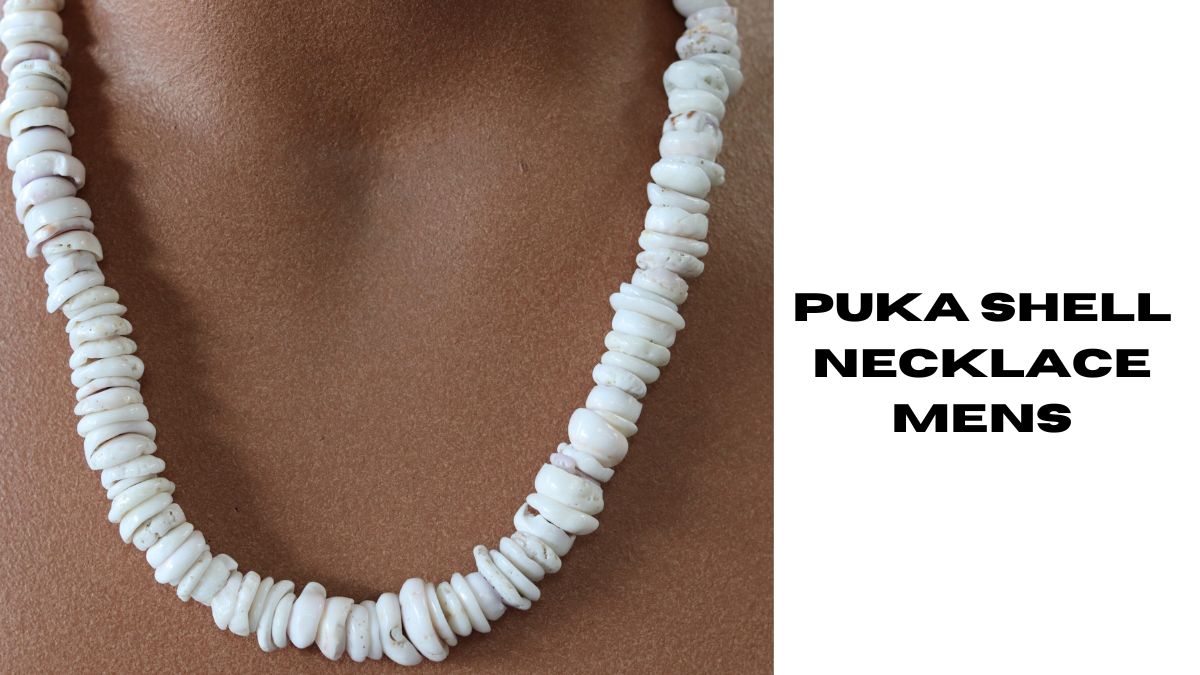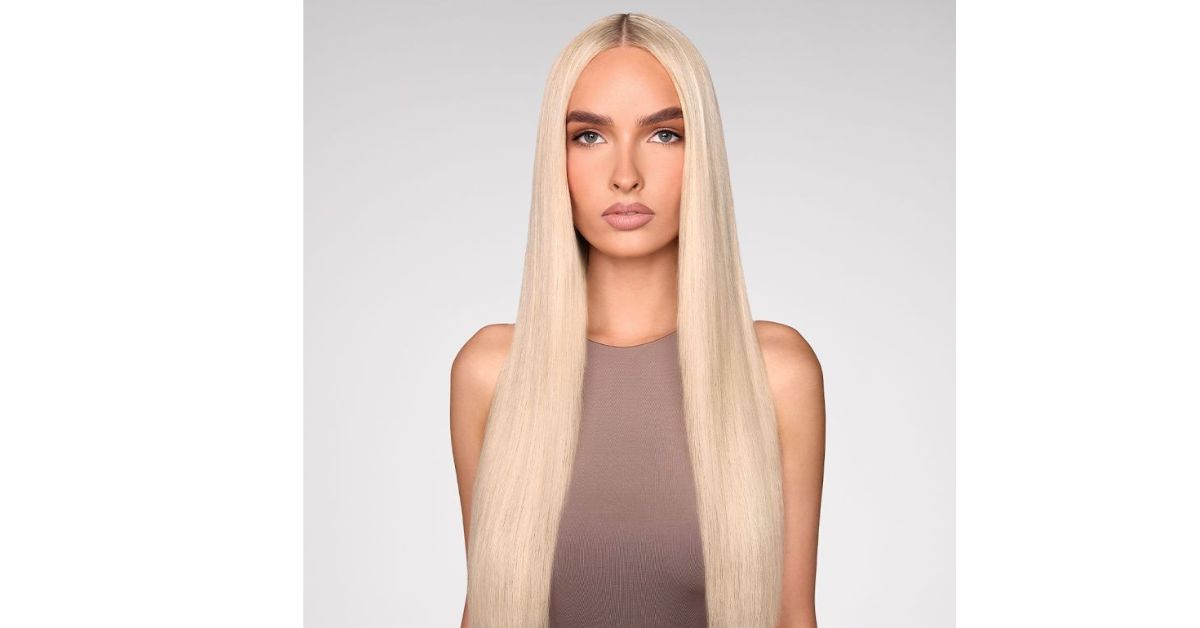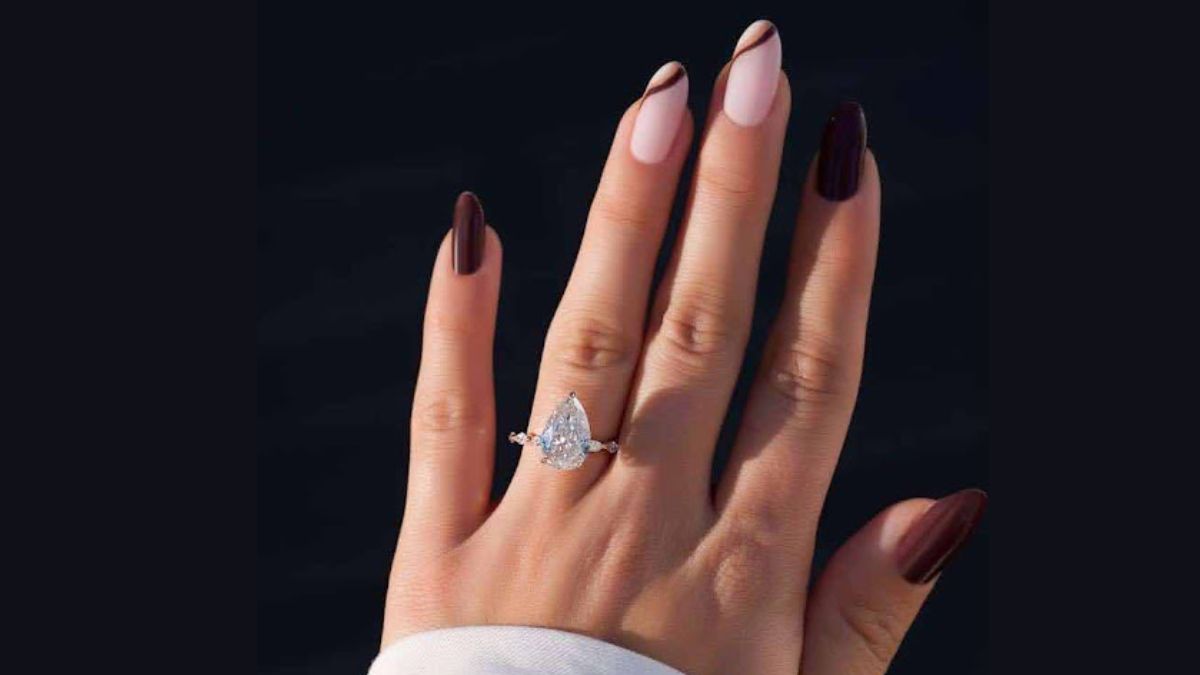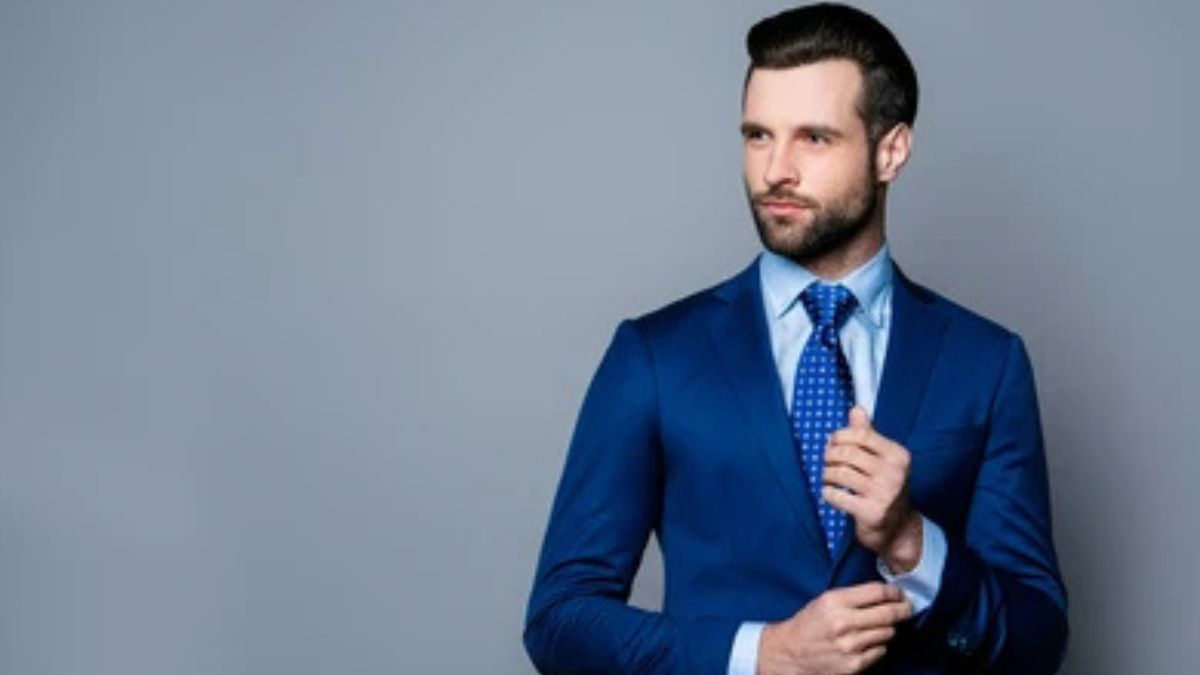FASHION
Puka Shell Necklace for Men: Embrace the Timeless Beach Vibe

What are Puka Shell Necklaces?
Puka shell necklaces are crafted from small, naturally occurring shells known as “puka shells.” These shells are typically find on the beaches of Hawaii and other tropical regions. The term “puka” means “hole” in Hawaiian, referring to the naturally occurring hole found in the center of each shell.These necklaces are often strung together using a durable cord or wire, creating a simple yet striking accessory that exudes a sense of natural beauty. While traditionally associated with Hawaiian culture, puka shell necklaces have become a popular fashion item for men around the globe.Symbolism and Meaning
Puka shell necklaces hold deep cultural significance in Hawaiian and Polynesian cultures. In these societies, wearing a puka shell necklace was believe to bring good luck and protection to the wearer, especially when embarking on ocean voyages.In contemporary fashion, puka shell necklaces are often wear as a symbol of a carefree, laid-back lifestyle. They evoke images of sunny beaches, crashing waves, and endless summer days, making them the perfect accessory for those who embrace a relaxed, beach-inspired aesthetic.Choosing the Right Puka Shell Necklace for Men
When selecting a puka shell necklace, there are several factors to consider to ensure that you find the perfect piece for your style. First and foremost, consider the size and shape of the shells. Some necklaces feature larger, more irregularly shaped shells, while others may consist of smaller, more uniform shells.Additionally, pay attention to the color and texture of the shells. Natural puka shells often have a glossy, polished appearance, but they can also be found in a variety of colors, ranging from creamy whites to deep browns. Choose a necklace that complements your skin tone and personal style preferences.Styling Tips for Men
Puka shell necklaces are incredibly versatile accessories that can be style in a variety of ways to suit different occasions. For a casual daytime look, pair your necklace with a simple T-shirt and shorts for effortless laid-back style. Alternatively, layer your necklace with other beach-inspired accessories, such as leather bracelets or woven anklets, for a bohemian-inspired ensemble.For beachwear fashion, puka shell necklaces are the perfect finishing touch to your swimwear ensemble. Whether you’re lounging by the pool or catching waves in the ocean, a puka shell necklace adds an extra element of coastal cool to your beachside look.Maintenance and Care
To keep your puka shell necklace looking its best, it’s important to properly care for and maintain it. Avoid exposing your necklace to harsh chemicals or prolonged sunlight, as this can cause the shells to become discolored or damaged over time.To clean your necklace, gently wipe the shells with a soft, damp cloth to remove any dirt or debris. Avoid using abrasive cleaners or scrubbing too vigorously, as this can scratch the surface of the shells.When not wearing your puka shell necklace, store it in a cool, dry place away from direct sunlight to prevent fading and discoloration. Consider storing it in a jewelry box or pouch to protect it from dust and moisture.Conclusion
Puka shell necklaces are a timeless accessory that adds a touch of beach-inspired style to any ensemble. Whether you’re lounging by the pool or exploring the city streets. A puka shell necklace is the perfect way to embrace the laid-back vibes of coastal living.FASHION
How to Achieve Stunning Volume and Length with 20-Inch Hair Extensions

Transforming your hair can be an exhilarating experience, especially when you can achieve remarkable volume and length effortlessly. The secret weapon many fashion enthusiasts and celebrities swear by is 20 inch hair extensions. These extensions offer an instant boost, allowing you to switch up your look without committing to long-term changes. Let’s dive into how you can get that stunning hair you’ve always dreamt of.
Choosing the Right Type of Hair Extensions
The first step towards achieving your desired hair volume and length is picking the right type of hair extension. There are several types available on the market, including clip-ins, tape-ins, sew-ins, and fusion extensions. Each type has its pros and cons:
- Clip-ins: Perfect for temporary, easy-to-apply additions that you can wear and remove as needed.
- Tape-ins: Ideal for a semi-permanent solution that blends seamlessly with natural hair.
- Sew-ins: Popular among those who want a more permanent and secure option, although it requires the skills of a professional for installation.
- Fusion extensions: Provide a natural look and long-lasting hold, but come with a higher price tag and longer application time.
Preparing Your Hair
Before applying your extensions, it’s crucial to prepare your natural hair to ensure a smooth application and a stunning, natural-looking result. Wash and condition your hair thoroughly, making sure to rid it of any product build-up or oils. Dry your hair completely, and if you’re using clip-ins, it’s often easier to style them in tandem with your natural hair, rather than clipping them in first.
Applying Your 20-Inch Hair Extensions
Depending on the type of extensions you have chosen, the application process will differ:
- Clip-ins: Section off your hair, start from the bottom, and work your way up. Clip them close to your roots for a secure fit.
- Tape-ins: Apply a strip of tape-in extensions between layers of your natural hair, pressing to ensure they stick firmly.
- Sew-ins: Create small braids in your hair and sew the wefts of hair extensions onto these braids.
- Fusion extensions: Bond individual hair strands to sections of your natural hair using a special adhesive tool.
Blending and Styling
One of the essential steps in achieving a natural look with extensions is blending them seamlessly with your natural hair. Use a flat iron or curling wand to style both your natural hair and extensions together. This helps to merge them and create a cohesive style.
Trimming is another crucial step—whether by a professional or done carefully on your own. Trimming the ends of the extensions to match your natural hair’s length can make all the difference. Layers can also be added for added texture and blend.
Maintaining Your Extensions
Once your 20-inch hair extensions are styled to perfection, maintaining them is essential. Always use sulphate-free shampoos and conditioners to prolong the life of your extensions. Brush your hair gently, starting from the bottom and working your way up to avoid tugging and breakage.
When sleeping, consider loosely braiding your hair or using a silk pillowcase to reduce friction, which can lead to tangling and matting. Regularly detangling your hair with a wide-toothed comb will also help maintain its luscious volume and length.
FASHION
Pear Shape Engagement Rings are some of the Finest Investments!

Lately, the Pear Shape Engagement Rings have become very popular for engagement ceremonies. What makes them so distinct from the rest is that they have a unique shape that is responsible for elongating the finger. With these rings, you can rest assured that you will get modern elegance in addition to traditional appeal. Each of these pear-shaped diamond rings is noble enough and looks royal in its features. So, if you are looking for something that will stand out in the form of the mark of royalty and nobility and will be of a distinctive shape from the rest of the diamond cuts, it’s worth going for the pear-shaped diamonds.
In addition to the shape, what makes these diamond rings stand out is that they will show a striking, dazzling appearance, making them impressive enough. The pear-shaped diamonds are always found in jewelry like rings, brooches, necklaces, and crowns, and they thus serve as symbols of status and wealth. So, if you are looking for something that will be beautiful and fall under the category of the precious diamond cut, it’s worth going for the Pear shape rings.
Variety with the Pear shape Rings
You can also find plenty of the colored versions of the Pear Shape Engagement Rings that make them so elegant, as compared to many other options, and serve as one of the most preferred rings. The pear-shaped diamonds have proven to be some of the most preferred choices when it comes to the category of colored diamonds. What makes them so popular is that they are cut in a shape that will enhance and showcase the beauty of the diamond color.
In addition to that, they will also enhance the color of the fancy diamonds, ensuring that they serve in the form of the most favored choice of colored stones. Also, you will find that the cut and facet arrangements are impressive, and they will reflect enough color. So be sure that the color will be vivid and intense in every manner. So, if you are looking for something that will be visually appealing in the form of a diamond ring and will maximize the size of the diamond as well visually, it’s worth going for the Pear Shape Rings. You will find a wide variety of colors with diamonds that have been cut in a pear shape. The capability of displaying the color extremely well is what makes these rings stand out over many others.
You will find pear-shaped diamonds that are also inexpensive compared to many other diamond cuts available in the market. These are pear-shaped diamond rings that are available even in blue, and with this carat weight, they are also excellent, making sure that they will serve in the form of one of the most popular options. So, if you’re looking for something that will be an excellent choice, such as the engagement ring, it is worth going for the pear-shaped diamonds that have loads of benefits over many others.
Rings that will Last a Lifetime
Even if you want Pear Shape Engagement Rings to last for a lifetime, you can be sure that your choice of one of these rings will last for an incredible period. But in all of this, what is important is the consideration of aspects like cost, style, and size. Regarding these aspects, you can rest assured that the pear-shaped diamond rings are not only eye-catching but also advantageous compared to many others. They are a better choice compared to round cut or several other types. Also, regarding the elongated shape, be sure that the pear cuts will look larger than the round diamond, so they have an elegant appearance, and that is what makes them stand out over many other options available in the market.
Final words
The pear-shaped diamonds, even when available in a small size will make a huge impact and will be looking absolutely flattering. so the Pear shape diamonds when they cost even less than many other diamond pieces turn out to be excellent choices. You can get the round cut diamonds with the same carat weight that will be proving a bit more expensive compared to the pear shaped diamond.
FASHION
Top Trends in Men’s Business Suits

The landscape of men’s fashion is constantly evolving, and business suits are no exception. These staples of professional attire are experiencing a renaissance, blending traditional styles with modern flair for the contemporary man. Innovations in suit design and fabrication are redefining what it means to dress for success. In the competitive world of corporate fashion, staying ahead of the curve is crucial. Below, we delve into the latest and most influential trends shaping the future of mens business suits.
Sustainability in Suit Fashion: Eco-Friendly Fabrics and Practices
The fashion industry’s impact on the environment has put sustainability at the forefront of design, and men’s suits are following suit. Environmentally conscious materials, such as recycled polyester and organic wool, are replacing traditional fabrics. This shift reflects a growing awareness among consumers and designers alike about clothing’s ecological footprint.
Ethical manufacturing processes are also becoming a major attention point in suit production. From reducing waste to ensuring fair labor practices, suitmakers are striving for greater transparency in their supply chains. Consumers can now look for suits that not only look good but also align with their values.
In addition, there’s a significant uptick in the demand for vegan suits. Synthetic alternatives to silk, wool, and other animal-derived materials offer cruelty-free elegance without compromising on style or quality. This transition is indicative of a broader societal move towards animal welfare and sustainable living.
The Rise of Custom Tailoring in Business Attire
Custom tailoring has seen a significant resurgence in the realm of men’s business suits, forging a connection between old-world craftsmanship and modern style preferences. The value placed on individuality and fit has brought bespoke tailoring back into the spotlight, with men seeking a unique touch in their professional wear.
The process of creating a custom-tailored suit is meticulous, allowing for a high degree of personalization. From selecting the fabric to determining the exact measurements and style features, customers can partake in the creation of a garment that is uniquely theirs. This level of involvement is satisfying for the wearer, knowing that their suit is crafted to their exact preferences.
Technology is playing a significant role in the rise of custom tailoring. 3D body scanning and virtual fittings offer a modern approach to precise measurements, catering to the busy schedules of today’s professionals. These advancements simplify the custom tailoring process, making it more accessible to a wider audience.
Color and Pattern Evolution: Beyond the Traditional Suit Palette
Shifting away from classic grays and blues, the modern business suit palette is embracing a broader spectrum of colors. This trend reflects a growing confidence in personal expression through professional attire. Rich burgundy, deep teal, and even soft pastels are now acceptable in many office environments, offering a way to stand out in a sea of sameness.
Patterns are evolving as well, with plaids and checks becoming increasingly popular in office wear. These designs contribute a level of sophistication and personality to suits, challenging the monotony of solid colors. The choices range from subtle to statement-making, providing options for the conservative and the bold dresser alike.
Seasonality has started to influence the colors and patterns seen in suiting. Lighter shades and breathable fabrics are favored in the warmer months, while cooler seasons invite deeper tones and heavier weaves. This cyclical approach enhances the wardrobe’s versatility throughout the year.
Smart Suits: Integrating Technology Into Men’s Business Wear
The convergence of technology and fashion is elevating men’s business suits to new heights. Smart suits equipped with features like near-field communication (NFC) tags and conductive fibers are beginning to emerge, blurring the lines between apparel and digital tools. These innovations enhance convenience and connectivity for the modern professional on the move.
Wearable technology in suiting can range from fitness tracking to payment processing, making the suit not just a fashion statement but a functional device. The incorporation of these elements demonstrates a forward-thinking approach to daily wear, with an eye toward the growing role of technology in our lives.
Durability and maintenance of tech-enhanced suits are considerations that manufacturers are addressing. The ability to wash and care for smart suits without damaging their capabilities is paramount to their practicality. As this trend matures, user-friendliness will remain a top priority.
Altogether, the landscape of men’s business suits is more dynamic and diverse than ever before. Professionals now have the power to exhibit sustainability, personalized style, and technological savvy through their choice of attire. Overall, the future of businesswear is bright, fusing tradition with innovation to create suits that are as multifaceted as the men who wear them.

 Cartoon8 months ago
Cartoon8 months agoUnlocking the Potential of Nekopoi.care: A Comprehensive Guide

 Game7 months ago
Game7 months agoExploring Aopickleballthietke.com: Your Ultimate Pickleball Destination

 BUSINESS7 months ago
BUSINESS7 months agoWhat Companies Are In The Consumer Services Field

 TECHNOLOGY6 months ago
TECHNOLOGY6 months agoThe Guide to Using Anon Vault for Secure Data Storage

 ENTERTAINMENT8 months ago
ENTERTAINMENT8 months agoThe Epic Return: Revenge of the Iron-Blooded Sword Hound

 HEALTH8 months ago
HEALTH8 months agoUnveiling the Mystery of Pikruos: A Comprehensive Guide

 HOME IMPROVEMENT8 months ago
HOME IMPROVEMENT8 months agoVtrahe vs. Other Platforms: Which One Reigns Supreme?

 HOME IMPROVEMENT8 months ago
HOME IMPROVEMENT8 months agoExploring the Events of 2023-1954: A Look Back in Time
















